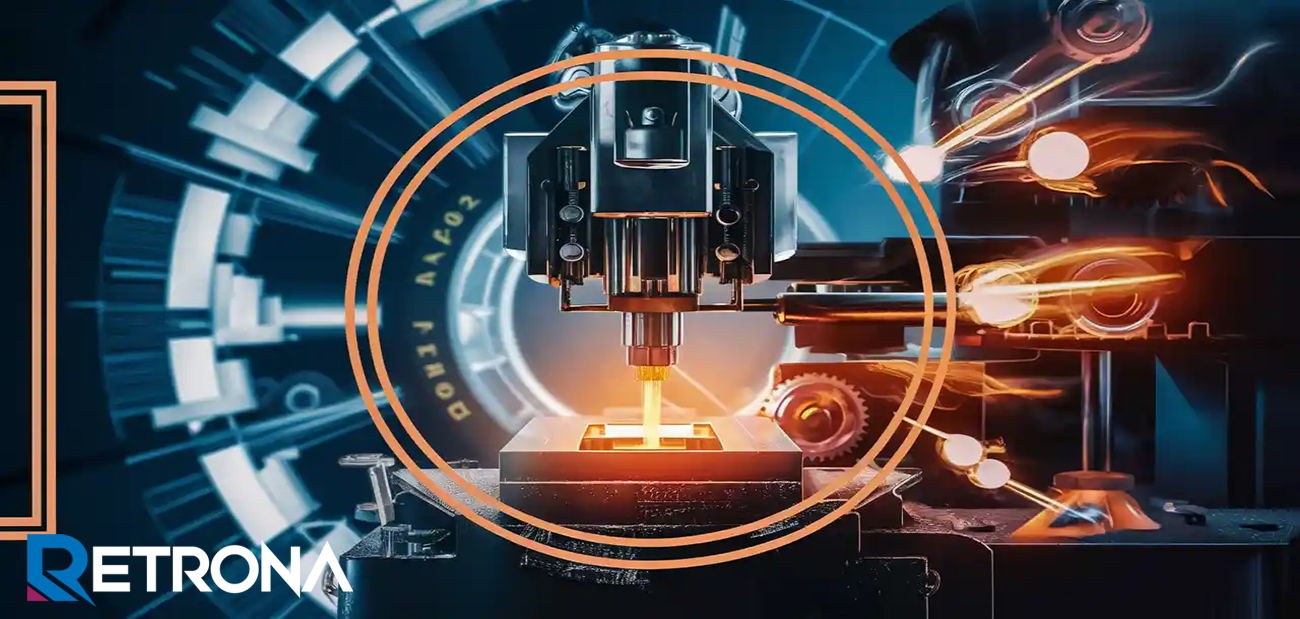Injection Molding of HDPE: Key Parameters and Optimization Techniques

High-density polyethylene (HDPE) is one of the most versatile and widely used thermoplastics in the manufacturing industry. Known for its toughness, chemical resistance, and low moisture absorption, HDPE is used to produce components ranging from bottle caps and containers to automotive parts and industrial fittings.
Among various processing methods, injection molding is a preferred technique for producing precise and complex HDPE parts in high volumes. However, to achieve consistent quality, the molding process must be carefully controlled and optimized.
Understanding the HDPE Injection Molding Process
Injection molding of HDPE involves melting the polymer granules and injecting the molten material into a closed mold under high pressure. After cooling and solidification, the part is ejected and the cycle repeats.
The process is influenced by several factors — including material grade, mold design, and machine settings — that determine the final product’s strength, surface finish, and dimensional accuracy.
Key Parameters in HDPE Injection Molding
1. Melt Temperature
HDPE typically requires a melt temperature between 180°C and 230°C, depending on its molecular weight and melt flow index (MFI).
If the melt temperature is too low, incomplete filling or poor fusion lines may occur. Excessive temperature, on the other hand, can lead to degradation, discoloration, or excessive shrinkage.
2. Mold Temperature
The mold temperature usually ranges from 20°C to 80°C. A higher mold temperature improves surface finish and reduces residual stress but can extend cycle time. Lower mold temperatures result in faster production but may cause warpage or poor surface quality. The optimal value depends on part geometry and required appearance.
3. Injection Pressure and Speed
Injection pressure typically lies between 700 and 1,200 bar. The goal is to fill the cavity completely without causing flash or sink marks. A moderate injection speed helps balance filling uniformity and material shear rate. Too high a speed can lead to flow marks, while too low a speed may cause short shots.
4. Holding Pressure and Time
After the cavity is filled, holding pressure compensates for material shrinkage during cooling. Incorrect holding settings can lead to sink marks, internal voids, or dimensional inaccuracies. The holding phase typically lasts between 2 to 6 seconds, depending on part thickness.
5. Cooling Time
Cooling is one of the most critical and time-consuming stages. HDPE shrinks more than many other plastics, so uniform cooling is essential to prevent warpage. Cooling time may account for up to 50% of the total cycle time, making cooling optimization key for productivity.
6. Screw Speed and Back Pressure
The screw speed controls melting and homogenization of the polymer. A speed of 40–100 rpm is generally suitable for HDPE. Back pressure should be kept low (5–10 bar) to avoid excessive shear and overheating.
Common Defects and Their Causes
Short Shots: Often due to low melt temperature, insufficient injection pressure, or poor venting.
Warping: Caused by uneven cooling or excessive mold temperature difference.
Sink Marks: Result from low holding pressure or insufficient packing.
Flash: Occurs when injection pressure is too high or the mold clamping force is inadequate.
Burn Marks: Typically appear when trapped air ignites under high pressure or temperature.
Understanding the relationship between parameters and these defects is the foundation of process optimization.
Applications of Injection-Molded HDPE
Injection-molded HDPE is found in packaging closures, industrial containers, electrical housings, automotive fuel tanks, and consumer goods. Its combination of stiffness, impact resistance, and low cost makes it ideal for high-volume manufacturing.
Conclusion
Injection molding of HDPE offers exceptional versatility and cost efficiency — but success depends on precise control of process parameters. By optimizing melt and mold temperatures, injection pressure, and cooling cycles, manufacturers can achieve superior part quality and production efficiency. Combining scientific molding principles with modern monitoring tools ensures that HDPE remains a top choice for durable, lightweight, and reliable plastic components.

